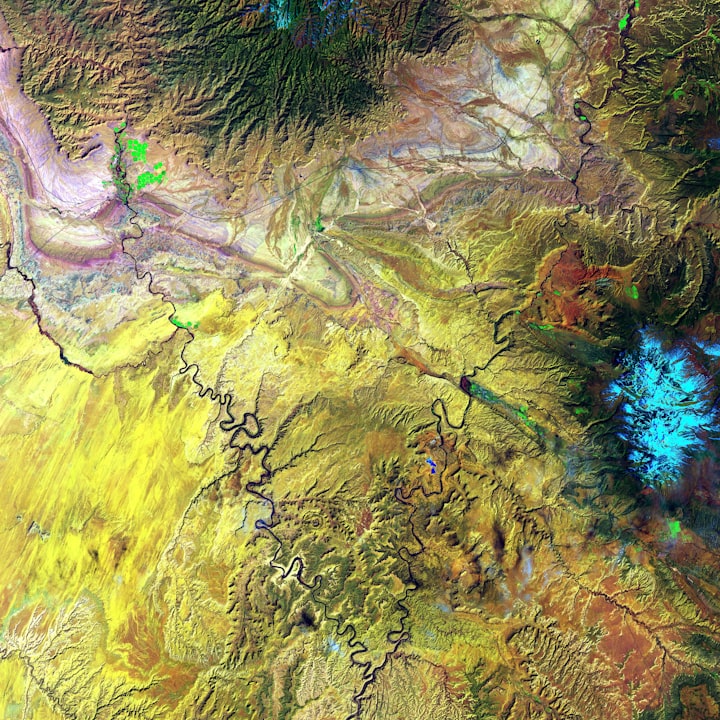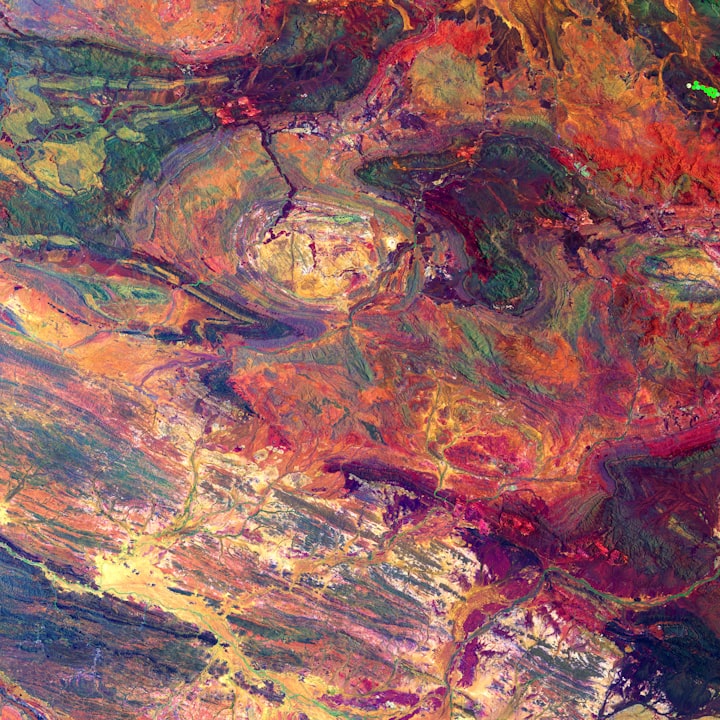How Are Dams Constructed Without Draining Water?
Learn about the dam construction process and environmental impact of dams, and how water is diverted during construction.

Large dams are remarkable feats of engineering with a significant impact on the environment and society.
But have you ever wondered how dams are constructed without draining the water they are meant to control?
Let's delve into the complex process behind building dams while keeping the water in place.
Design and Planning
Before any construction begins, thorough planning and design are crucial.
Engineers survey the proposed dam site and analyze the topography, geology, and hydrology of the area.
This information helps determine the best location and design for the dam to maximize its water management effectiveness.
Diverting the Water
Once the planning is complete, the construction process begins with the temporary diversion of the river or water source.
This reroutes the water around the construction site and allows the area to be dewatered for the dam's foundation and structure to be built.
Construction Process
With the water diverted, construction crews can start building the dam.
They typically begin by excavating the foundation, pouring concrete, and erecting the dam's core structure.
These tasks are meticulously executed to ensure the dam's stability and resilience against the immense pressure exerted by the retained water.
Returning the Water
Once the dam's construction is nearing completion, the diverted water is gradually redirected back to its original course, behind the newly constructed dam.
The dam's gates and valves are then carefully regulated to manage the flow, allowing the water to accumulate behind the structure, creating the reservoir.
Environmental Considerations
Building a dam has environmental implications, as it can disrupt natural habitats and alter the flow of rivers.
Environmental assessments and mitigation strategies are often incorporated into the construction process to minimize the impact on local ecosystems and wildlife.
Harnessing Energy
In addition to water management, dams often serve as sources of renewable energy through hydropower generation.
The controlled release of water through turbines enables the generation of electricity, contributing to sustainable energy production.
Witnessing the construction of these monumental structures amidst the flowing water is a testament to the ingenuity and precision of engineering.
The strategic management of water during the construction of dams underscores the remarkable capabilities of human innovation in shaping the environment to meet our societal and environmental needs.






